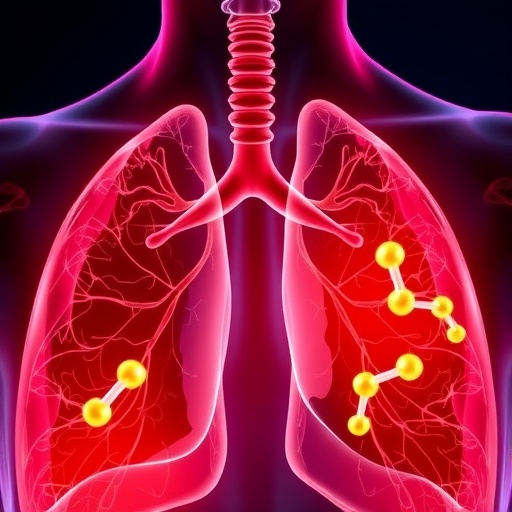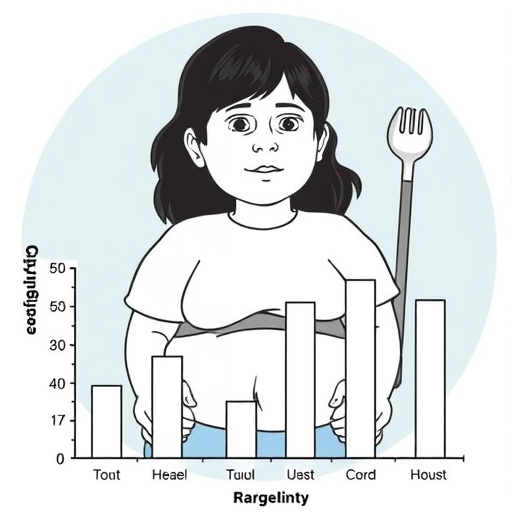"Dead men tell no tales" is a common saying, but according to an article in Chemical & Engineering News (C&EN), the weekly newsmagazine of the American Chemical Society, the old proteins on historical artifacts, such as manuscripts and clothing, can tell quite a yarn.
Senior Correspondent Bethany Halford notes that metabolites from medications, bacterial proteins and even traces of past meals are being found on manuscripts and other cultural heritage objects. To make such discoveries, an international team of researchers has developed a new technique in which a plastic diskette embedded with chromatography resins is moistened with water and placed on a historical artifact. The scientists pick up the diskette, wash it and then analyze the collected compounds. In one study, for example, the researchers used the technique to identify kidney disease biomarkers and morphine on an old manuscript. The team deduced that the author of the text took morphine to ease the pain he was experiencing from his chronic kidney disease.
The team says that the method doesn't damage objects or leave behind any residue, though concerns have been raised about the use of water to moisten the diskette. Old parchment could turn to gelatin when wet, says one expert. Despite this potential drawback, the team has soldiered on and plans to study additional historical objects with the approach. The researchers also say that the method could prove helpful in crime scene investigations in modern times.
The article, "Trace proteins on texts and clothes offer insight into the past," is freely available here.
###
The American Chemical Society, the world's largest scientific society, is a not-for-profit organization chartered by the U.S. Congress. ACS is a global leader in providing access to chemistry-related information and research through its multiple databases, peer-reviewed journals and scientific conferences. ACS does not conduct research, but publishes and publicizes peer-reviewed scientific studies. Its main offices are Washington, D.C., and Columbus, Ohio.
To automatically receive news releases from the American Chemical Society, contact [email protected].
Follow us on Twitter | Facebook
Media Contact
Katie Cottingham
[email protected]
301-775-8455
@ACSpressroom
http://www.acs.org




